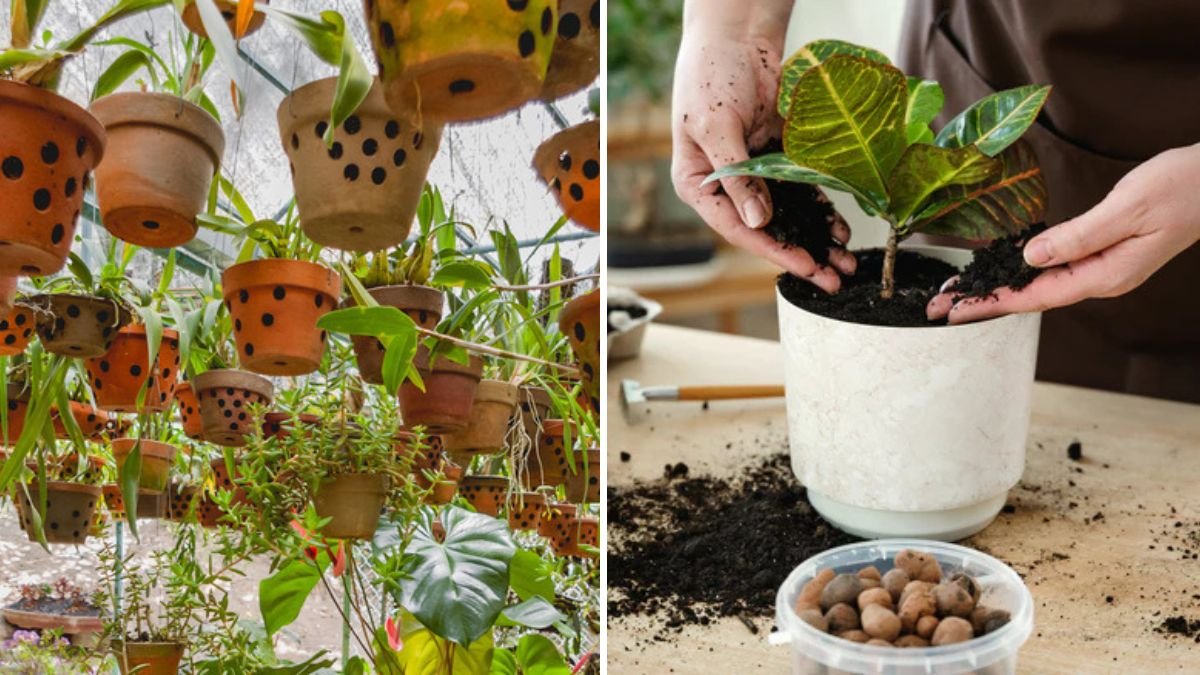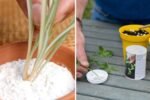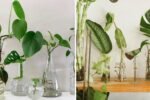Water is the lifeblood of plants, but too much of it can be just as harmful as too little. For many gardeners and houseplant enthusiasts, the silent killer of plants is not neglect—it’s poor drainage. Without proper drainage, water lingers in the soil, suffocating roots, causing rot, and creating the perfect breeding ground for pests and diseases. On the other hand, well-draining soil and containers keep roots healthy, supply oxygen, and allow plants to thrive.
Experts agree: getting drainage right is one of the most important, yet often overlooked, aspects of plant care. This article explains why drainage matters, the consequences of neglecting it, and practical steps you can take to ensure your plants always have the right environment for growth.
Why Drainage Is Essential for Healthy Plants
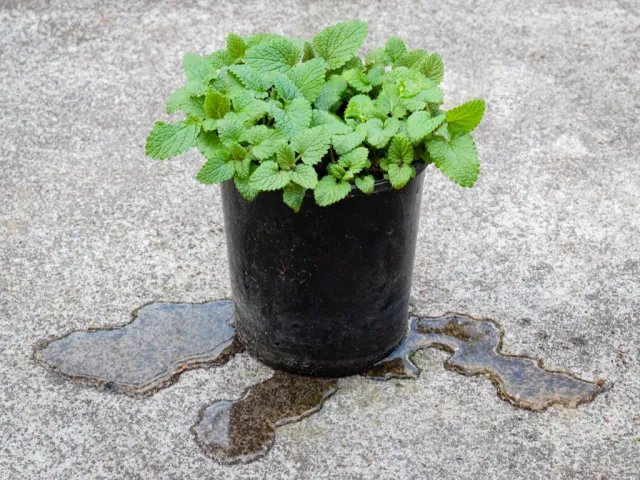
Drainage refers to how efficiently water moves through soil and out of the container or ground. It’s not just about avoiding puddles—it’s about creating the right balance of moisture and oxygen in the root zone.
Here’s why proper drainage is so crucial:
- Prevents Root Rot
Roots need oxygen to function. In waterlogged soil, air pockets disappear, suffocating roots and making them vulnerable to rot. - Avoids Nutrient Imbalance
Excess water can leach essential nutrients like nitrogen and potassium, leaving plants undernourished even in fertile soil. - Discourages Pests and Diseases
Damp, stagnant soil creates a breeding ground for fungus gnats, mold, and harmful fungi. - Supports Strong Growth
With the right balance of water and oxygen, roots grow deeper and stronger, anchoring the plant and fueling robust growth above ground. - Mimics Natural Conditions
In nature, rain drains through soil layers, allowing roots to absorb just what they need. Replicating this balance indoors or in garden beds keeps plants closer to their natural rhythm.
What Happens When Plants Lack Drainage
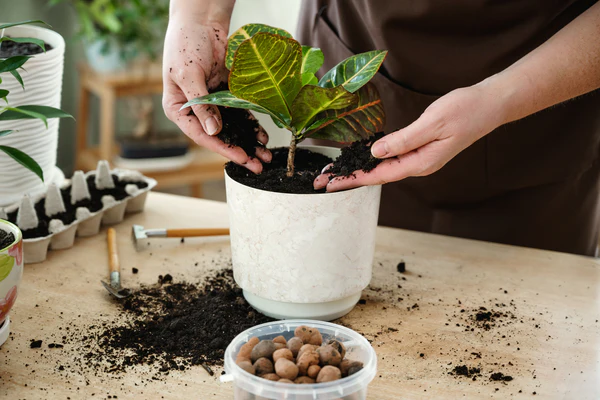
Improper drainage leads to a cascade of problems that weaken or kill plants over time:
- Yellowing leaves: A classic sign of too much moisture around the roots.
- Wilting despite wet soil: Overwatered plants often look just as droopy as underwatered ones.
- Mushy stems or roots: Indicators of advanced root rot.
- Slow or stunted growth: Roots can’t spread properly when suffocated.
- Fungus gnats and mold growth: Clear signs of persistently soggy soil.
Without intervention, plants in poorly drained soil rarely recover, making drainage a non-negotiable factor for success.
How to Ensure Proper Drainage for Your Plants
The good news is that creating the right drainage system is simple once you know what to look for. Here are expert-approved strategies:
1. Choose the Right Pot
- Drainage holes are essential. Always select pots with at least one hole at the bottom. These allow excess water to escape and prevent pooling.
- Pot material matters. Terracotta and unglazed clay pots allow water to evaporate faster than plastic or ceramic ones. This is especially helpful for plants prone to overwatering.
- Size appropriately. Pots that are too large hold more water than roots can use, increasing the risk of soggy soil.
Tip: If you fall in love with a decorative pot that doesn’t have holes, use it as a cachepot—keep your plant in a plastic grow pot with holes and place it inside the decorative container.
2. Use Well-Draining Soil
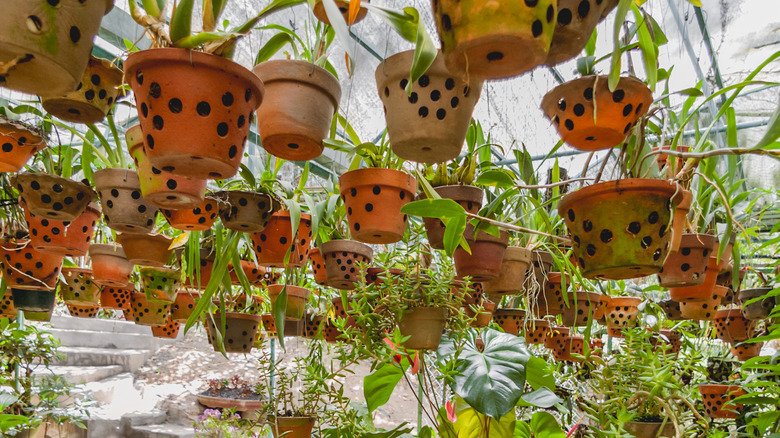
Soil type makes a huge difference in how water moves.
- For succulents and cacti: Use sandy, gritty mixes with perlite, pumice, or coarse sand to allow quick drainage.
- For tropical plants: Use a mix with peat moss or coco coir for moisture retention, balanced with perlite or bark for aeration.
- For orchids: Use chunky bark or specialized orchid mixes to keep roots airy.
DIY well-draining mix: Combine equal parts potting soil, perlite, and coarse sand. This works for most houseplants.
3. Layer Correctly (Skip the Pebble Myth)
A common misconception is that adding a layer of rocks or pebbles at the bottom of a pot improves drainage. In reality, it can trap water above the layer, making the soil stay wetter longer. Instead:
- Focus on using well-draining soil throughout the pot.
- Ensure the drainage hole is unobstructed. A piece of mesh or coffee filter over the hole is enough to keep soil from spilling out.
4. Water the Right Way
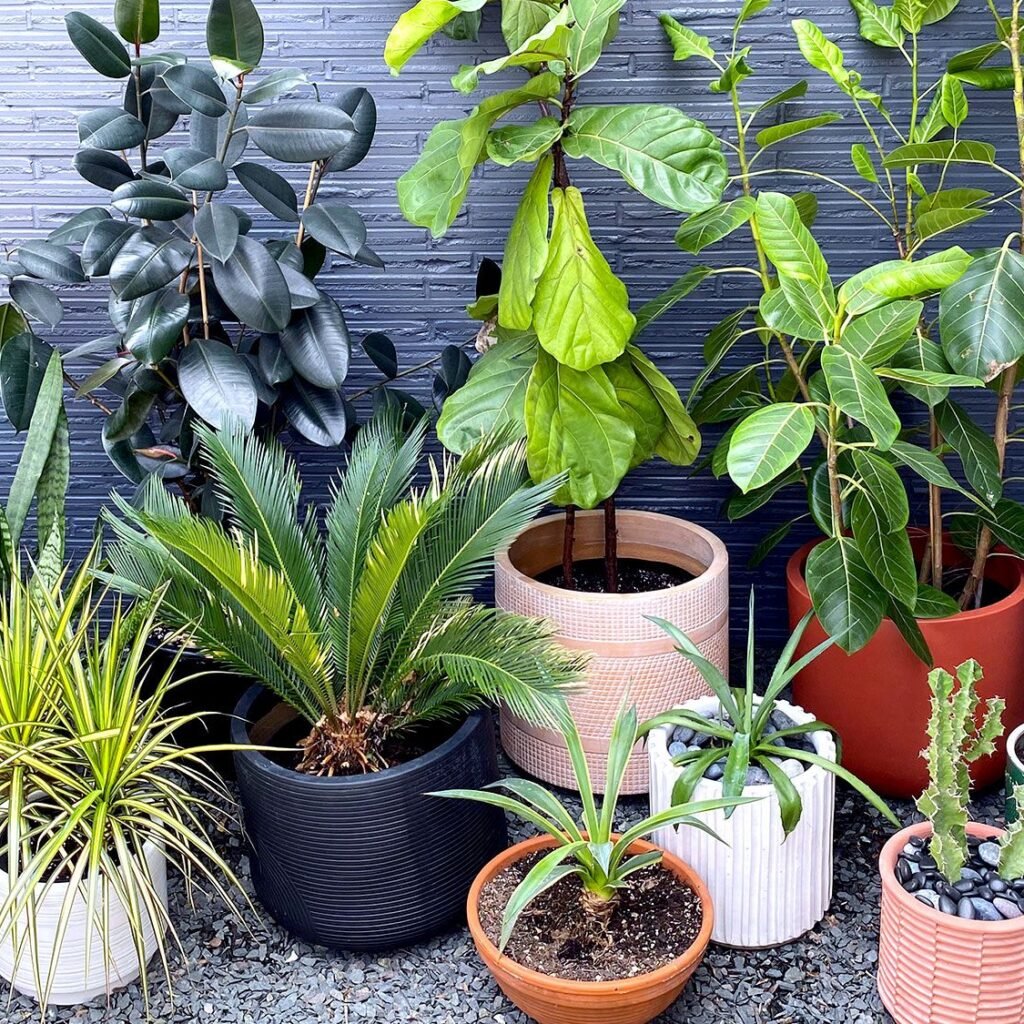
Even with good drainage, watering habits matter.
- Water thoroughly, then let it drain. Pour water until it flows out of the bottom holes, then empty the saucer.
- Avoid frequent “sips.” Shallow watering keeps roots near the surface and increases the risk of soggy upper soil.
- Check before watering. Use the finger test, chopstick method, or pot weight method to gauge soil moisture first.
5. Elevate Your Pots
Keeping pots slightly elevated allows air to circulate underneath and prevents water from collecting at the base.
- Use pot feet, plant stands, or small blocks to lift containers.
- This technique is especially helpful outdoors, where rain may saturate pots.
6. Improve Garden Bed Drainage
For outdoor gardens, poor drainage can be a bigger challenge, especially in clay-heavy soils.
- Add organic matter: Compost improves soil structure and increases both drainage and water retention.
- Use raised beds: Lifting soil above ground level improves runoff.
- Amend clay soil: Mix in coarse sand, perlite, or bark to break up compaction.
- Create slopes: Slightly sloping garden beds direct excess water away from plant roots.
7. Watch Environmental Conditions
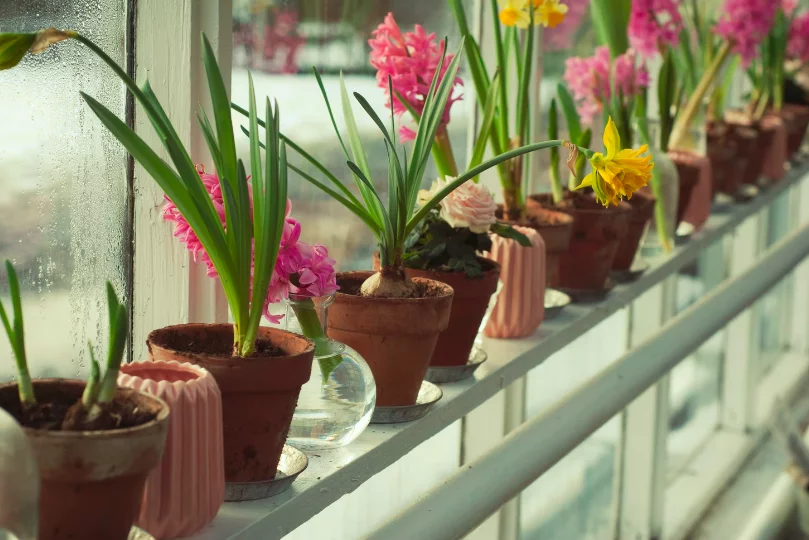
Drainage needs also depend on external factors:
- Light levels: Plants in low light use less water, so soil drains more slowly.
- Humidity: High humidity slows evaporation, requiring less frequent watering.
- Temperature: Warm, bright conditions dry soil faster, so ensure pots can handle the increased watering needs.
How to Tell If Drainage Is Working
Testing whether your drainage setup is effective is just as important as setting it up. Here’s how to check:
- Water test: Pour water until it starts to flow from the drainage hole. If it takes more than a few seconds, the soil may be too compact.
- Root health check: Gently slide the plant out of its pot. Healthy roots should be firm and white. If they’re brown and mushy, drainage needs improvement.
- Monitor recovery: After watering, soil should feel moist but not soggy. Within a few days, the top inch should begin to dry out.
Special Considerations for Different Plants
- Succulents and cacti: Absolute drainage champions—never tolerate standing water. Use pots with large holes and gritty soil.
- Tropical houseplants: Prefer balanced drainage—moist soil without waterlogging. A mix of coco coir and perlite works best.
- Ferns: Like consistent moisture, but still need loose soil that drains excess water quickly.
- Orchids and air plants: Require near-constant airflow around roots. Drainage is more about aeration than soil.
Common Mistakes to Avoid
- Using pots without holes – Even the most careful watering can lead to rot if excess water has nowhere to go.
- Adding pebbles as a drainage layer – This creates a perched water table, making soil stay wetter longer.
- Ignoring saucers – Water that collects at the bottom must be emptied; otherwise, roots still sit in stagnant water.
- Using garden soil in pots – Dense and compact, garden soil holds too much water for containers.
- Overwatering despite good drainage – Even the best setup can’t save a plant if it’s constantly flooded.
Final Thoughts
Proper drainage is the unsung hero of plant care. While it may not be as exciting as picking new leaves or blooms, it is the foundation of healthy growth. Without it, even the most attentive watering and fertilizing won’t save your plants.
By choosing pots with drainage holes, using well-aerated soil mixes, avoiding common myths like pebble layers, and monitoring your watering habits, you can create the perfect environment where roots thrive.
Remember: drainage doesn’t mean drying your plants out—it means giving them a healthy balance of water and air. Once you master this, you’ll notice stronger roots, healthier leaves, and fewer pest and disease problems.
Your plants depend on their roots for life. Give those roots the right conditions, and they’ll reward you with vibrant, thriving growth season after season.
